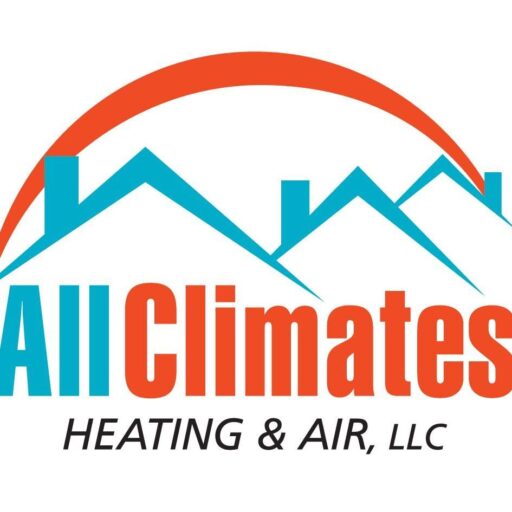Have you ever experienced your HVAC system acting up, leaving you feeling uncomfortable and frustrated? Before reaching for the phone to call a professional service technician, there are several common HVAC problems that you can troubleshoot on your own. By taking a few simple steps, you may be able to identify and even resolve the issue without the need for a costly service call. Here are some tips on how to troubleshoot common HVAC problems before calling for service:
1. Check the Thermostat: One of the most common reasons for HVAC issues is a faulty thermostat. Make sure that the thermostat is set to the correct temperature and mode (cooling or heating). If the thermostat is not responding or displaying an error message, try replacing the batteries. Additionally, check if the thermostat is located in a spot where it can accurately read the temperature of the room.
2. Inspect the Air Filters: Clogged or dirty air filters can restrict airflow and cause your HVAC system to work harder than necessary. Check the air filters regularly and replace them if they appear dirty or clogged. This simple maintenance task can improve the efficiency of your HVAC system and prevent potential issues.
3. Check the Circuit Breaker: If your HVAC system is not turning on at all, check the circuit breaker to see if it has tripped. Reset the breaker and see if the system starts working again. If the breaker continues to trip, it may indicate an electrical issue that requires professional attention.
4. Clean the Outdoor Unit: The outdoor unit of your HVAC system can become dirty or blocked by debris, such as leaves or branches. Check the unit for any obstructions and clean the area around it to ensure proper airflow. Restricted airflow can affect the performance of your HVAC system and lead to cooling or heating problems.
5. Listen for Unusual Noises: Pay attention to any unusual noises coming from your HVAC system, such as banging, hissing, or rattling sounds. These noises can indicate a mechanical issue that needs to be addressed promptly. If you hear any unusual sounds, turn off the system and call a professional technician for further diagnosis.
6. Monitor Airflow: Check the vents in your home to ensure that air is flowing properly. If some rooms are not receiving adequate airflow, it may indicate a ductwork issue or a problem with the blower motor. Make sure that the vents are open and unobstructed to allow for efficient air circulation.
By following these troubleshooting tips, you may be able to identify and resolve common HVAC problems on your own. However, if the issue persists or you are unsure about how to proceed, it is always best to contact a professional HVAC technician for assistance. Regular maintenance and timely repairs can help keep your HVAC system running smoothly and efficiently, ensuring your comfort year-round.

